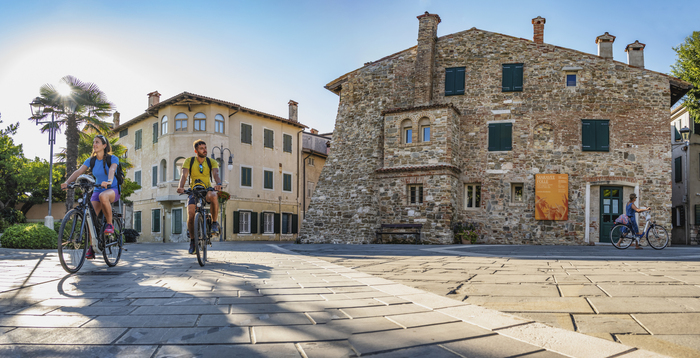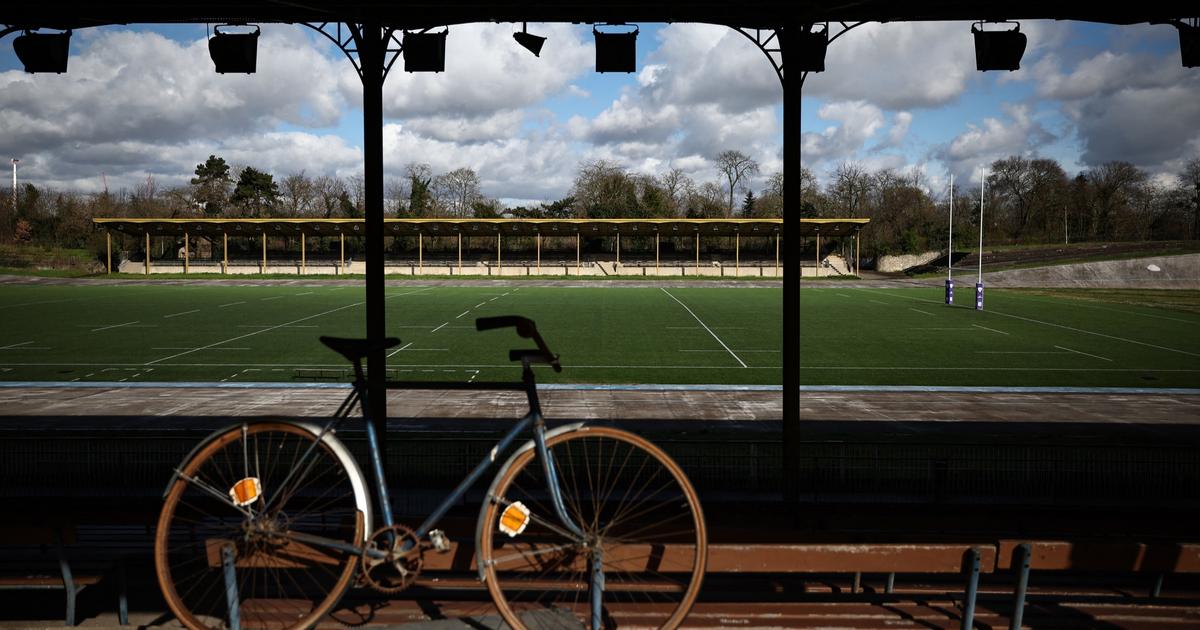What if we moved the Gare de l'Est to the gates of Paris to be able to create a green space in the heart of the capital? The idea of Benjamin Griveaux, candidate La République en Marche (LREM) for mayor of Paris, has attracted much criticism since it was mentioned in the JDD on Sunday. "Totally unrealistic" for the region president Valérie Pécresse, "pharaonic" for the environmental candidate David Belliard, the proposal of the former government spokesman would be more fanciful than original, to listen to his opponents.
In Paris, however, it is almost a tradition. For two centuries, elections in the capital have regularly inspired surprising, crazy or even far-fetched ideas. From the installation of a port in the city to the flattening of the Butte Montmartre, through the transformation of a metro station into a swimming pool, Le Parisien offers you an overview of these more or less serious proposals and realistic.
Luxembourg statues replaced by peach trees and / or roses
You have to go through the columns of the Petit Parisien in 1906 to find the trace of a certain Charlemagne Béjot, candidate for elections in 1848 (it is not known whether these are presidential or legislative), whose proposals were classified "In an area that seems purely pleasant" by the newspaper.
"He proposed replacing the statues of Luxembourg by planting peach trees, the fruits of which would have been distributed to the people," recalls the ancestor of the Parisian. In the book "Les Candidats eccentriques - Gaietés et Tristesses Électorales", published in 1910, Eugène Duclay also remembers the funny idea of the candidate, but assures that the statues should rather be replaced by ... roses.
This proposal is not the only original idea of Charlemagne Béjot. "He reappeared in the 1868 elections, always with abundant projects, one of which was the creation of workers' pleasure trains, making it possible to go to Marseille for fifteen cents", relates Le Petit Parisien.
A seaport on Place Pigalle
"New man, I come with new ideas," he says in an electoral tract in 1893. Possibly tired of always having to reach the French coast for his long journeys, the candidate Albert Caperon, who then presented himself in the Ninth arrondissement, imagine the installation of a port on Place Pigalle, in the northwest of Paris.
At the time, the 28-year-old American-born young man, with a reputation for dandy, described himself as an adventurer who explored every corner of the world, likes to speak in English, and wants to be "anti-paperwork" and "Anti-European". A CV worthy of a character in a novel, and for good reason: Albert Caperon very largely inspired the character of "Captain Cap" (his nickname in the newspapers of the time) in an eponymous novel by his friend, the humorist Alphonse Allais.
The butte Montmartre flattened, to accommodate an arena and a nautical track
Are you tired of having to climb the multiple steps to reach the Sacré-Coeur? Albert Caperon too. His solution: to level the Montmartre hill, as summed up in the book "Le Grand Canular", by Jacques Franju. The place, now cherished by tourists from all over the world, was then to house "a strong observatory [whose glasses would serve as cannons", "a plaza de toros" (a bullfighting arena) and "a nautical track ".
Clever, the candidate all the same proposes, "in case this measure would be too expensive", to "raise Paris", "for the love of regularity". His funny proposals did not convince voters, however. "Captain Cap" received only 175 votes, according to Jacques Franju's book.
The catacombs transferred to the suburbs
Was he really a resident of the 5th arrondissement who was a little too bent over the bottle, or an invention of avenging students, angry after the municipal councilor Raoul Brandon who had made the pissotières in the Latin Quarter disappear? A bit of both, according to Le Monde who, in 1988, investigated the mysterious Paul Duconnaud, candidate in the legislative elections of 1928.
Paris Newsletter
Every morning, the news of your department seen by Le ParisienI'm registering
Your email address is collected by Le Parisien to allow you to receive our news and commercial offers. Find out more
In the program of the famous candidate, plastered in the streets of the student district, one could read the following promises: reinstall the pissotières, of course, but also transfer the catacombs (which are in the XIV arrondissement) to the suburbs, or even the hunting begins in the Jardin des Plantes, as summarized in L'Obs.
The fact remains that the program of the famous Paul Duconnaud worried the Republican-Socialist Raoul Brandon, then candidate for the seat of deputy for the Seine (today Paris and his little crown), in 1928. An unfounded concern, since Paul Duconnaud managed to collect only 69 votes out of 4,733 votes, according to Le Monde.
Moving walkways for prostitutes
Definitely, Parisian students have a pronounced taste for eccentric ideas. It was this time for Ferdinand Lop, who aimed for the head of state in 1946 - he and his associates even attempted a coup - that young people mobilized.
The 55-year-old artist and poet was an avid supporter of good times. He notably proposed "the development of moving walkways to facilitate the labor of peripatetic women" or "the prohibition on the sale of bidets and water cuts from twenty-one hours to encourage birth", recalls the book “A funny story of electoral promises”, by historian Bruno Fuligni.
A toboggan in Place de la Sorbonne
Always to attract students from the Latin Quarter, Ferdinand Lop also promised to install a "slide" in Place de la Sorbonne "for the relaxation of students". The darling of the sorbonnards - whose influence did not exceed the limits of this student district - also promised to "remove the wagons in the metro", to "decree the extinction of pauperism from 22 hours", or even the extension from "boulevard Saint-Michel to the sea in both directions", recalls a portrait of Liberation.
Metro stations transformed into swimming pools or clubs
What to do with the twelve disused stations of the Paris metro? UMP candidate Nathalie Kosciusko-Morizet, in 2014, had several answers. She imagined in particular the development of seven stations in "places of conviviality". Example: the Arsenal station, which is located on line 5 between Quai de la Rapée and Bastille, would become a swimming pool, with the rails converted into a long and large basin.
Imagine a swimming pool or a restaurant in a ghost metro station! #ProjetNKM http://t.co/QkmcvfRAXo pic.twitter.com/E4oM4Uth2P
- NKM with the 19th (@ NKMavecle19eme) February 1, 2014Another sketch transformed the station into a nightclub, with an illuminated dance floor on the rails, and tables on the platforms.
Discover the first sketches of possible uses for ghost stations on the metro: http://t.co/3PtoSHCO9U pic.twitter.com/uc2Kn9FmED
- N. Kosciusko-Morizet (@nk_m) February 8, 2014The ambition of former mayor Anne Hidalgo's rival was quickly shattered. The RATP had then clarified to the Parisian that such constructions were far too complicated, the disused stations being "considered as operating railway tracks, therefore subject to drastic safety rules". The reason: the narrowness of the platforms, the electrification of the tracks or the regular passage of trains.
A cable car above the Seine
The connection between Gare d'Austerlitz and Gare de Lyon is known to be tedious, despite the proximity of the two stations. To facilitate the journey of travelers, city councilors called in 2015 for a "technical feasibility study" on an air link project between the two stations.
“This cable car would connect the two banks of the Seine by passing over the Charles-de-Gaulle bridge. This new mode of transport would facilitate travel from one station to another while providing a real spectacle for tourists, ”had also defended the leader of the Left Radical Party, Jean-Bernard Bros. However, the project did not see the light of day.









